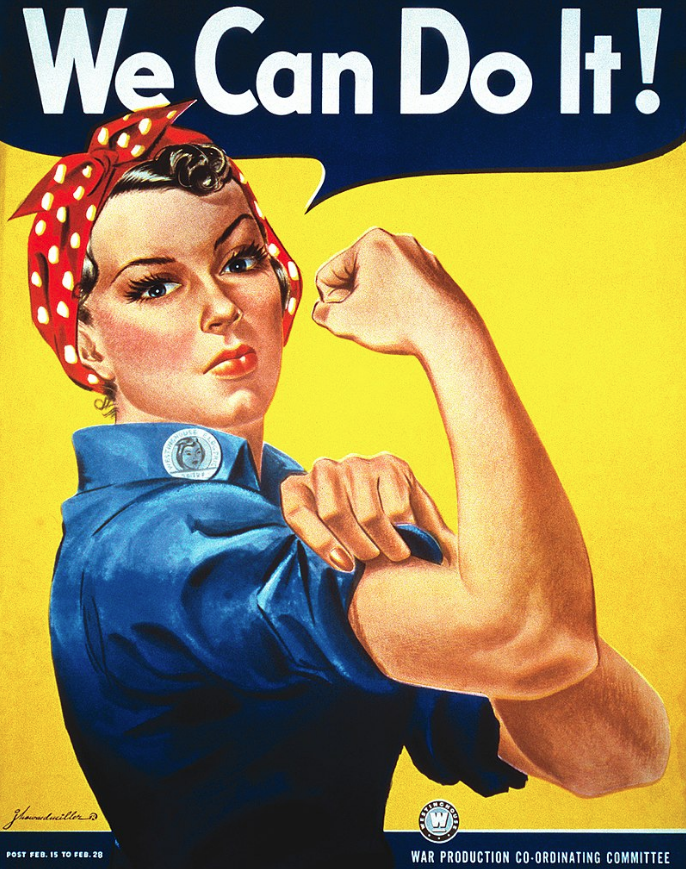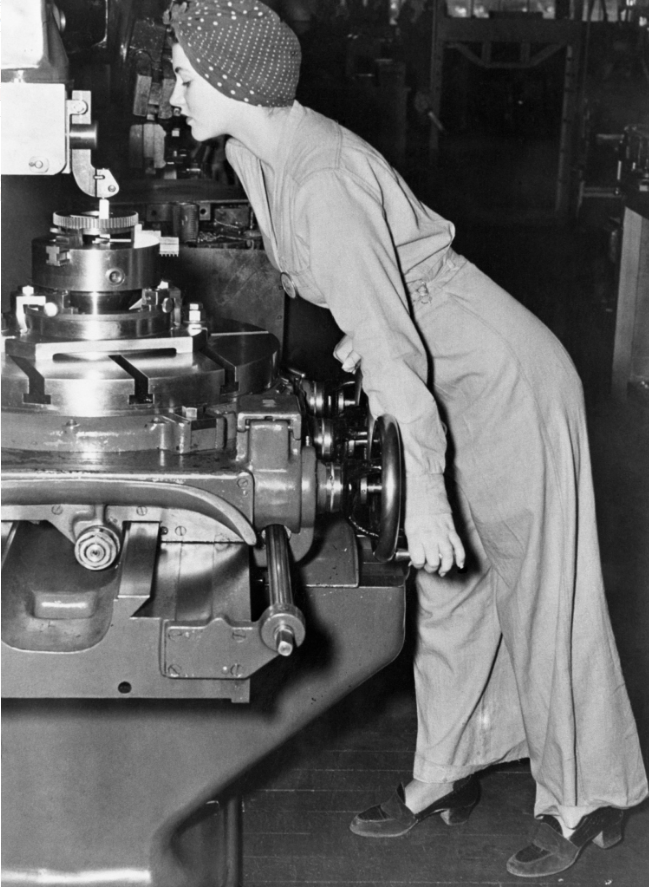It’s a iconic image of WWII America—a woman in a workshirt, he hair covered by a polka-dot headscarf, flexing her arm muscle and declaring “We can do it.” But the identity of the woman who inspired that 1942 poster had been in dispute. But Naomi Parker Fraley, the woman who scholars only agreed was Rosie in 2011, died Saturday at the age of 96.

Part of the problem, her front-page New York Times obituary explained, was that there were a number of Rosies during the war. There was the song, by Redd Evans and John Jacob Loeb, released in 1942; a Norman Rockwell illustration from that same year, and the best known image, painted for Westinghouse Electric in 1943. It is the last for which Ms. Fraley was the inspiration.

It took a historian, James J. Kimble, to track down Ms. Fraley, who said she was no looking for glory. Let’s take a moment to remember this early feminist icon.

Leave a Reply